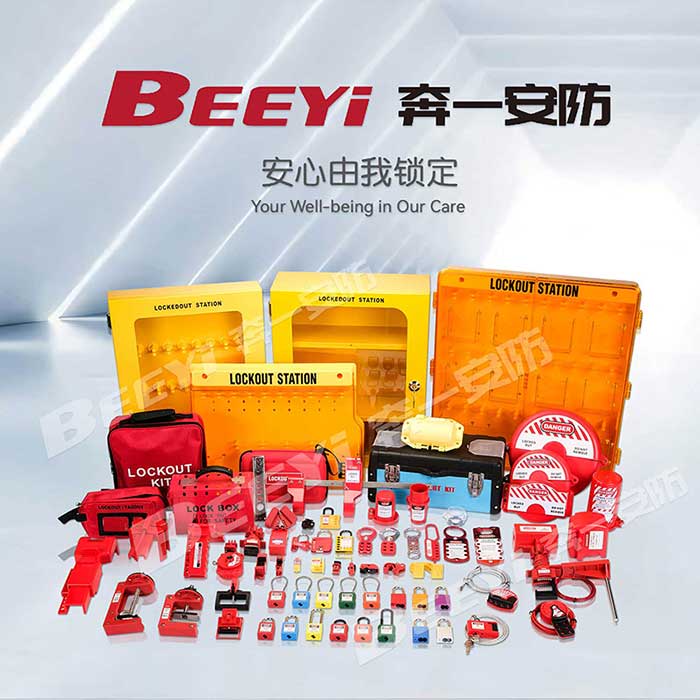In any workplace that involves machinery, electrical systems, or potentially hazardous equipment, ensuring worker safety is a top priority. One crucial safety measure used in various industries is the Lock Out Tag Out (LOTO) procedure, which involves the use of specialized locks and tags to control hazardous energy during maintenance, repair, or servicing activities. This article will explain what Lock Out Tag Out locks are, how they work, and why they are essential for preventing workplace accidents and injuries.

What Are Lock Out Tag Out Locks? Lock Out Tag Out (LOTO) locks are safety devices used to secure machinery and equipment in a safe state during maintenance or repair work. The primary purpose of these locks is to prevent the accidental release of hazardous energy sources—such as electrical, mechanical, hydraulic, or pneumatic energy—that could pose a risk to workers performing maintenance tasks. By applying a lock to an energy-isolating device (such as a power switch, valve, or circuit breaker), the equipment is physically prevented from being turned on or activated. In addition to the lock, a tag is often placed to inform others that the equipment is being serviced and should not be operated. The tag will typically include details such as the name of the worker performing the maintenance and the reason for the lockout. The combination of lock and tag provides a clear warning to all employees that the equipment is off-limits until the lock is removed by the authorized person.